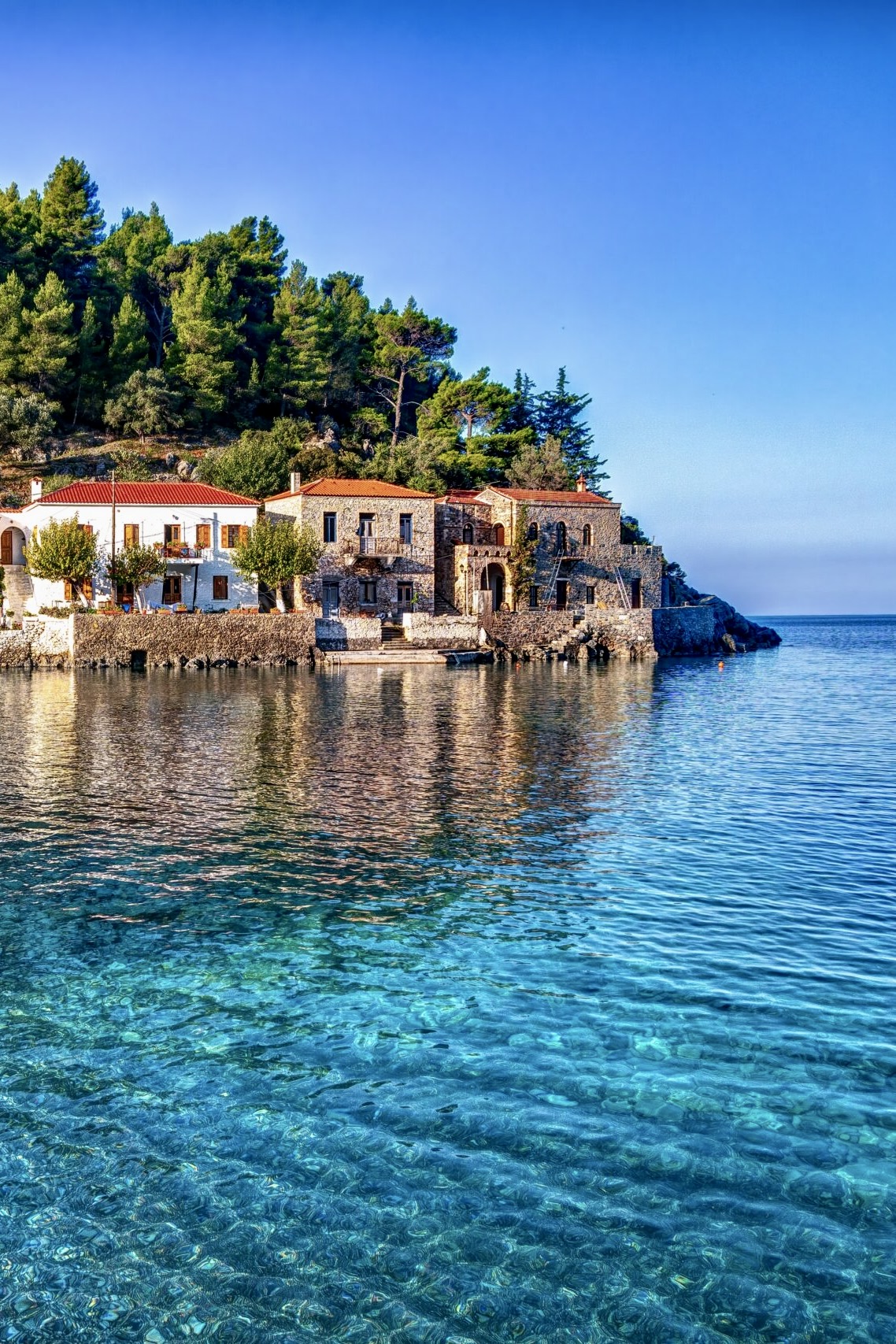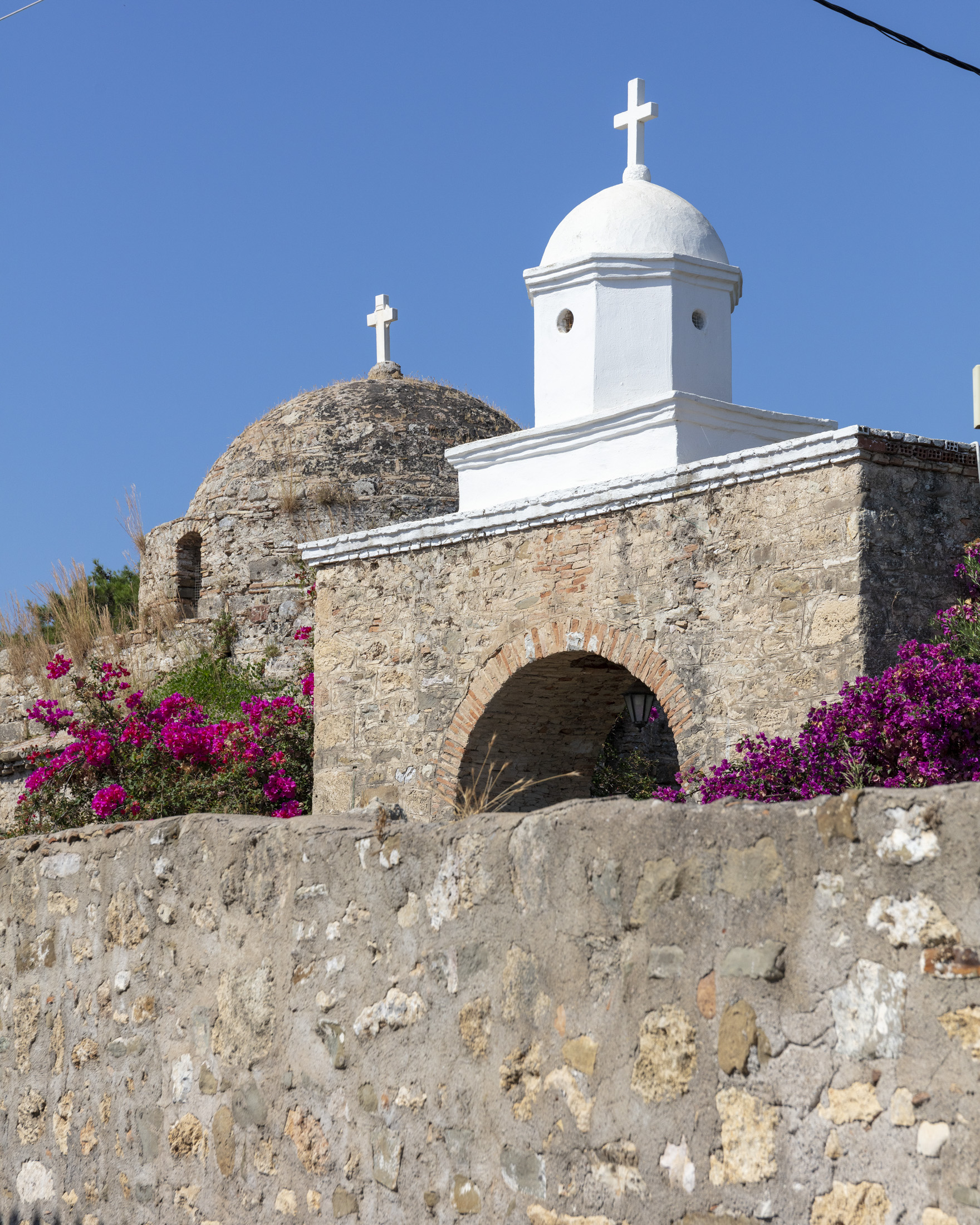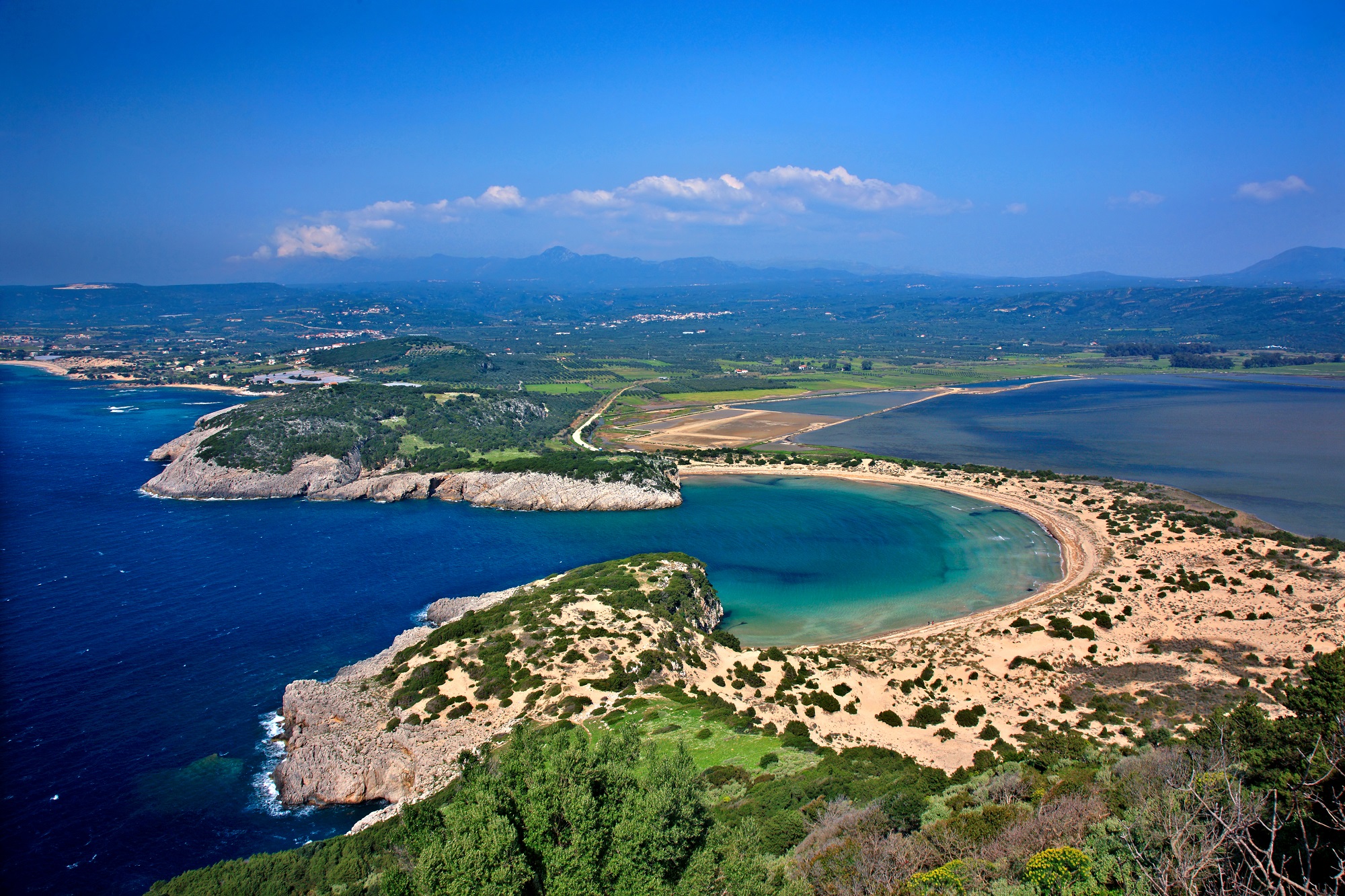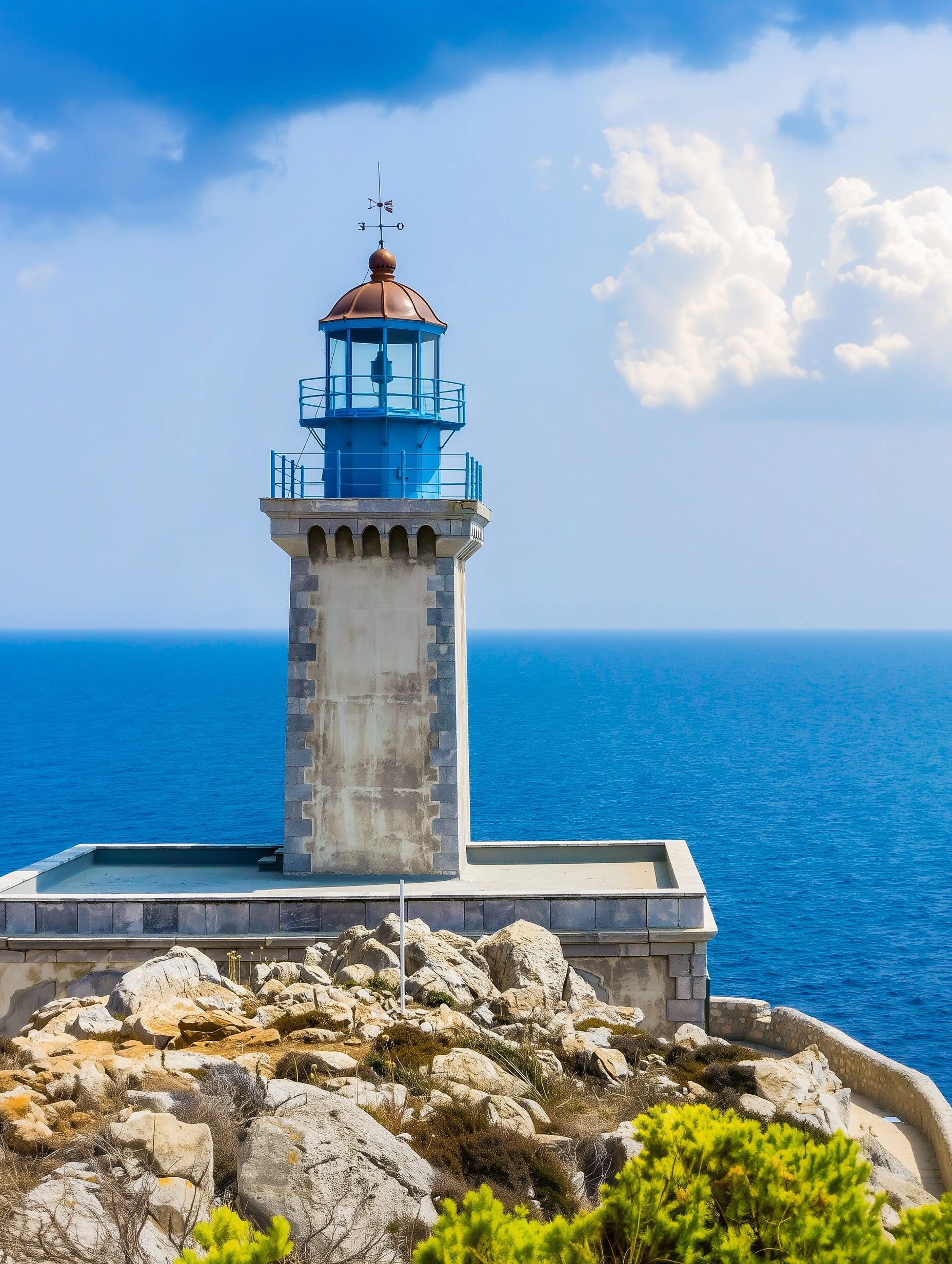Greece takes center stage in Condé Nast Traveller’s newly released Best Places to Go in Europe in 2026, with Crete and the Peloponnese standing out among this year’s top destinations.
The annual list, curated by the magazine’s editors and international correspondents, highlights places that embody culture, creativity, sustainability, and a renewed sense of place.
While the 2026 lineup spans the continent – from Saint-Gervais-les-Bains in France and Islay in Scotland to Oulu in Finland, Frankfurt in Germany, and Seville in Spain – Greece’s double mention in a list of just ten is especially impressive. Together, Crete and the Peloponnese offer a portrait of a country that continues to evolve, uniting ancient tradition with modern energy.
Crete: Europe’s 2026 Region of Gastronomy


For Crete, CNT’s tribute celebrates the island’s enduring bond between food, land, and longevity. Describing it as “the home of the health-boosting Cretan diet and wine production that dates back to the Bronze Age Minoans,” the magazine calls it a natural choice for Europe’s Region of Gastronomy 2026.
The Cretans’ instinctive way of living off the land —“locavores way before the term was trendy”—and their passion for wild ingredients, are underlined: “askolimbi (golden thistle) whose roots taste like artichoke; kochlioi (snails) swimming in garlicky sauce, or vlita (wild greens) lightly steamed and dressed with sea salt and lemon.” These simple, soulful dishes are celebrated each summer during the Cretan Diet Festival in Rethymnon, which returns in July 2026 beneath the town’s Venetian fortress, CNT writes.
Crete’s new wave of hospitality also stands out. The MGallery Chania, “housed in a sumptuously revamped former soap factory,” will spotlight local produce, while the debut of Rosewood Elounda promises “a raft of unique farm-to-table culinary experiences” overlooking the island of Spinalonga. Crete emerges as both timeless and forward-looking—a destination where tradition, sustainability, and style blend effortlessly.
The Peloponnese: Myth, Cinema, and Adventure


CNT chose Peloponnese for “movie set locations, Homeric history and hiking trails”. They mention that Christopher Nolan’s new film The Odyssey will “take viewers on a voyage to Greece’s myth-drenched Peloponnese peninsula,” with scenes filmed along the “cinematic southwest coast of Messinia, where Homer’s epics are anchored in ancient history.”
The article guides readers through an action-based itinerary: “hike to oceanside Nestor’s Cave,” “swim in Poseidon’s realm at omega-shaped Voidokilia Beach,” and “photograph flamingos at Gialova Lagoon.” For those who prefer slower exploration, CNT recommends the new 1,730-kilometre Peloponnese Trails network, launching in spring 2026, which will connect mountain villages, olive groves, and UNESCO sites such as Mystras—inviting travelers to experience Greece on foot, one story at a time.









